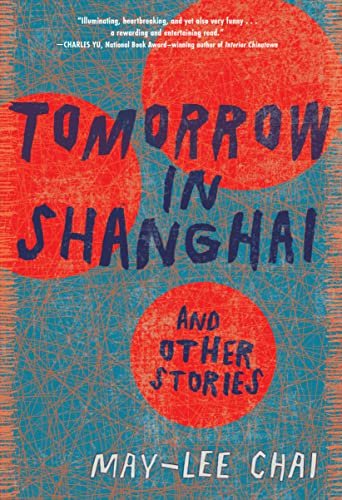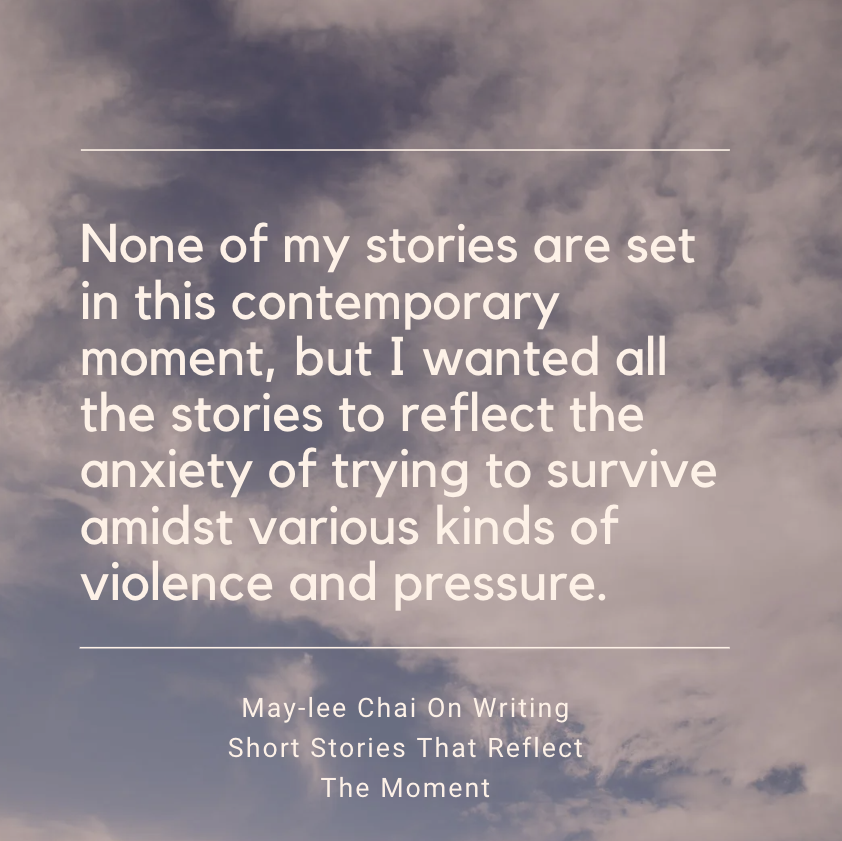by Ellen Barker
We’re two years past the “we’re all in this together” phase of the pandemic and two years into rising talk and social clashing over climate, immigration, and a host of other issues. Racial hatred is out in the open. “Truth” has lost its . . . truth. Fires rage throughout the western states. And then the invasion of Ukraine, a nuclear threat. We need a respite, we need some hope.
Four months into 2022, my book club had finished The Personal Librarian, Defending Jacob, The Girl with the Louding Voice, and The Mountains Sing. Then we took on The Four Winds. “We need a break,” one member wailed. “We need something uplifting.” And she’s right. We choose books, fiction or nonfiction, that will inform us, teach us, get us inside the heads of people whose points of view are not our own. But right now we need to lighten it up a little, for our own sanity. We’re not looking for a beach read, not for book club anyway. But something with a little levity and a good dose of hope. I strongly believe in the power of the novel to inform by engaging our minds and hearts. The best novels make us both laugh and cry, and something about each one lingers. They balance entertainment—which takes us out of ourselves for a while—with something more. Something that raises the book above escapism and makes it worth dragging our attention away from the latest Russian bombing or U.S. school shooting. Those books are what we need right now.
Fans of Anthony Trollope and Charles Dickens know all about this. Their Victorian-era novels take us right into the politics and social conventions of the times in a way that no history book can, because the characters and their travails and triumphs stick to us and we can relate them to our own times. Or think of Mark Twain: the mental image of Injun Joe dead on the raft in Huck Finn will live with me forever. To Kill a Mockingbird is another obvious example, with beloved characters and beautiful story-telling wrapped around the stark reality of racial injustice. And The Red Tent, with so much to learn from Anita Diamant’s intriguing novel: fictional history that brings to life the subculture of women in male-dominated societies in all times and places.
Modern novels are just as potent. Alison McGhee’s Never Coming Back gives us a look into something many of us will face: watching a parent lose ground to dementia. It’s a tough topic. But it’s the daughter’s story too, and the daughter has a funky job and her own issues. Her world is populated with quirky friends and an amusing recurring Jeopardy! theme that lighten up the dementia story and leave us entertained along with knowing a little more about Alzheimer’s.
In Allie and Bea, Catherine Ryan Hyde mixes a glimpse of teens in foster care with a crazy car adventure. You’ve got to love a book that has chapters titled “Rude Checkbook” and “How to Pet a Bat Ray.” If that ever comes up in your world, you’ll know how to do it.
In the category of “nonfiction that reads like a novel,” a lot of great new books are out there. Tyler Merritt’s I Take My Coffee Black and Trevor Noah’s Born a Crime are eye-opening with a side of comedy. Tyler, for example, takes drama class to avoid the gangs because he’s more afraid of his mother than the gang. Trevor’s mother saves money on gas for their VW bug by making Trevor get out and push the car when they are in rush hour and only inching along.
In East of Troost, I put you right inside the head of the first-person narrator as she navigates her new financial reality in a dilapidated house in a sketchy neighborhood. She talks to her dog, talks to herself, and is afraid of her own basement. She takes us out of ourselves and gives us a break from our own persistent worries. We can love her, laugh with her, roll our eyes and yell at her. But she also narrates the social phenomena that reduced her home and neighborhood to the rubble it isn’t quite, but could be soon. The ending of East of Troost can still make me cry, but in a good way, a few tears of relief—and hope.
Ellen Barker grew up in Kansas City and had a front-row seat to the demographic shifts, the hope, and the turmoil of the civil rights era of the 1960s. She has a Bachelor’s degree in Urban Studies from Washington University in Saint Louis, where she developed a passion for how cities work, and don’t. Her first novel, East of Troost, will be published in September 2022. Prior to East of Troost, her most recent publication is “She Gathered it All,” in Art in the Time of Unbearable Crisis (2022, Stephanie Raffelock, ed.). She has also published essays in Fine Homebuilding and the Palo Alto Coop News.






